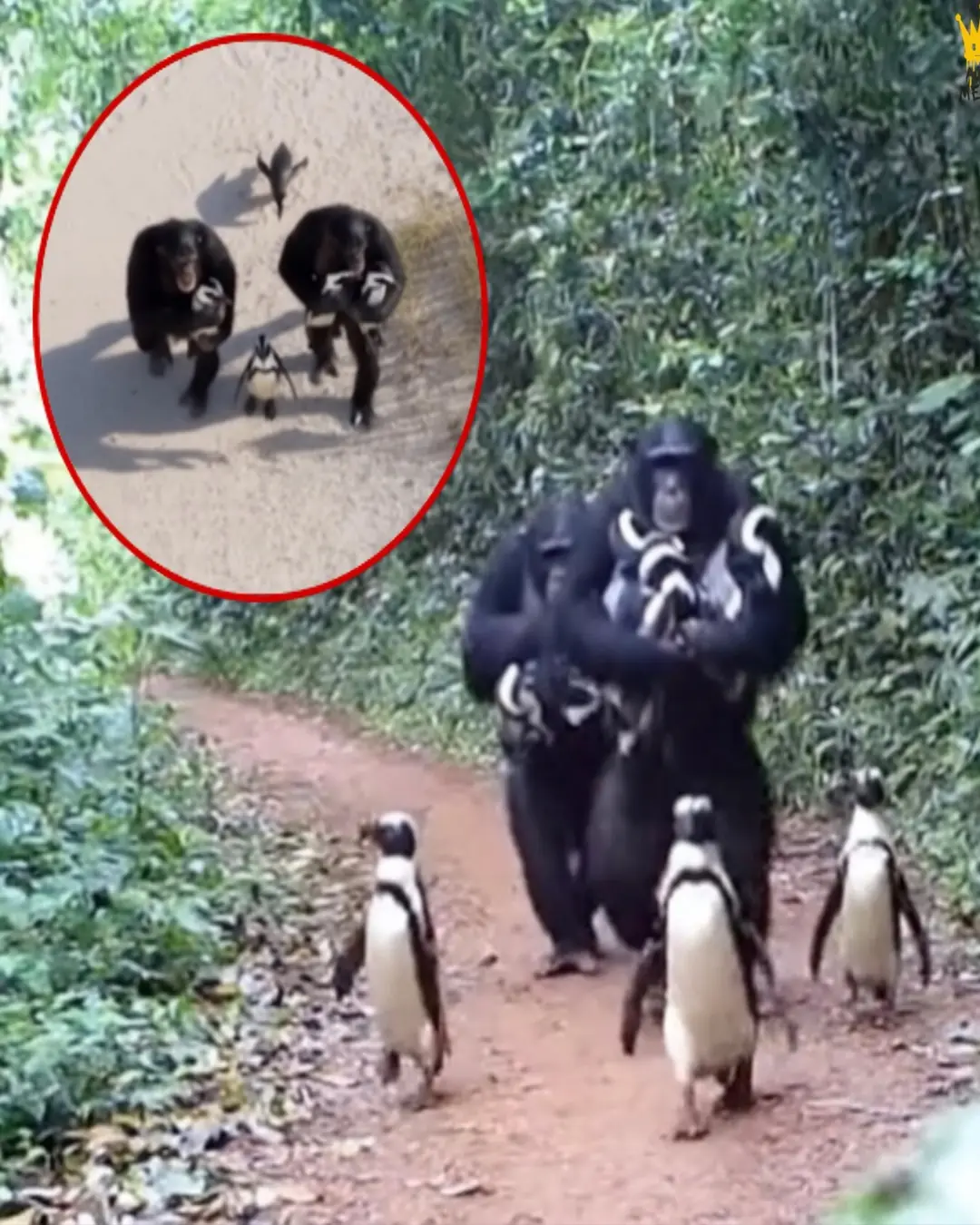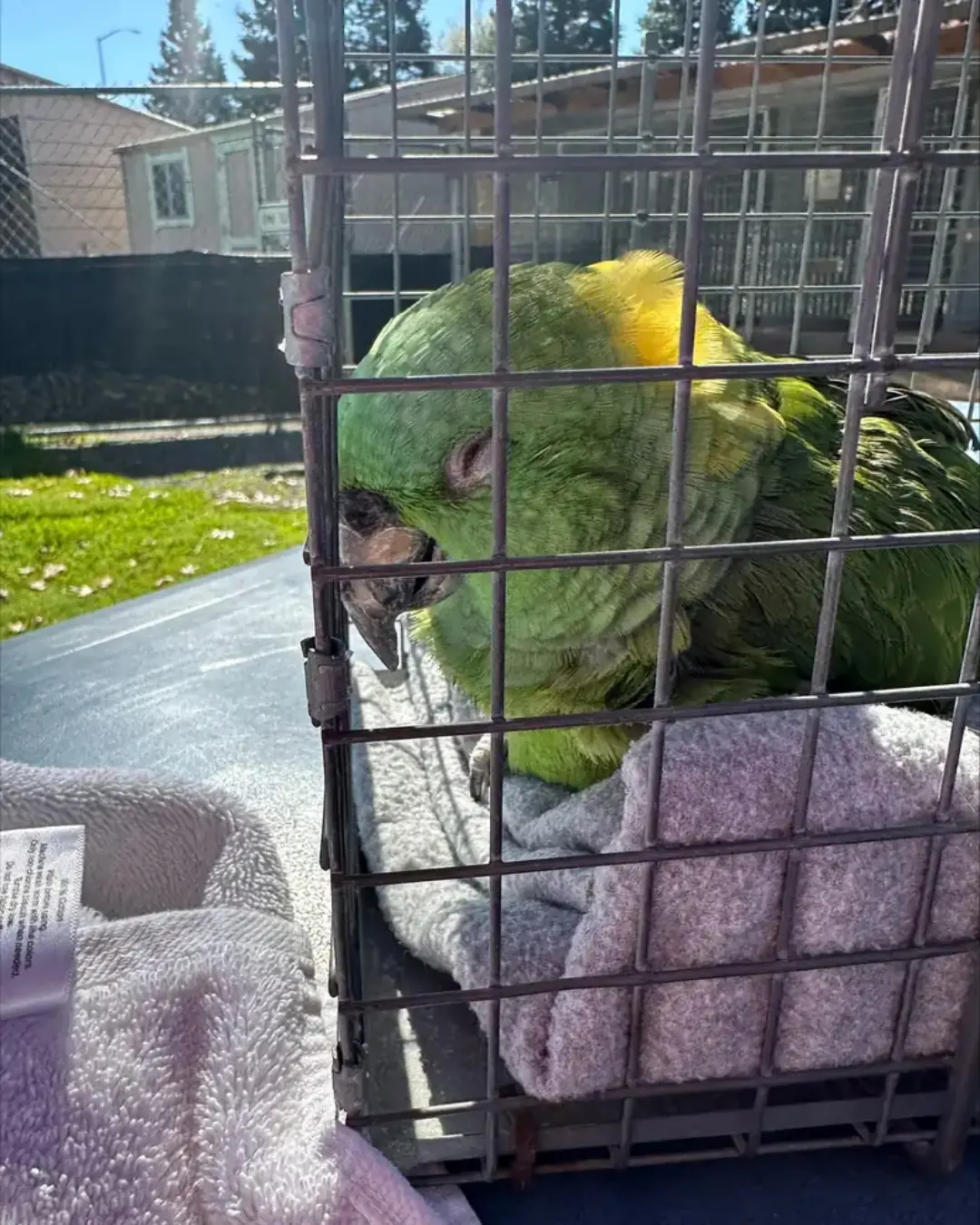
Tragedy in Etosha: The Burning Silence of a Dying Giant
Tragedy in Etosha: The Burning Silence of a Dying Giant
Etosha has always been a place of wonder — a vast, shimmering salt pan surrounded by golden grasslands and teeming with life. It is one of Africa’s most iconic wildlife sanctuaries, home to elephants, lions, giraffes, and the critically endangered black rhino. But in September 2025, that sanctuary became a battlefield.
A wildfire, sparked under still-unclear circumstances, tore through the park with terrifying speed. Within days, over 30% of Etosha — more than 7,700 square kilometers — was scorched. The flames consumed everything in their path: ancient trees, dry savannah, and the fragile ecosystems that had taken centuries to evolve.
The silence that followed was not peaceful. It was the silence of loss.
Rangers and conservationists described scenes of devastation: charred carcasses of antelope, birds fallen mid-flight, and elephants wandering through blackened landscapes, confused and displaced. The air, once filled with birdsong and the distant calls of wildlife, now hung heavy with smoke and ash.
Namibia’s government responded swiftly, deploying over 500 soldiers, police officers, and volunteers, along with helicopters, to battle the blaze. But the fire’s scale and intensity overwhelmed even the most coordinated efforts. Winds shifted unpredictably. Flames leapt across firebreaks. And the dry season offered no reprieve.
“This is not just a fire,” said one park official. “It’s an ecological tragedy.”
Etosha’s importance cannot be overstated. It is a lifeline for hundreds of species and a cornerstone of Namibia’s conservation legacy. The park’s black rhino population — already critically endangered — faces new threats as food sources vanish and waterholes dry up. The long-term impact on biodiversity, breeding patterns, and migratory routes remains uncertain.
Beyond the wildlife, the fire has affected nearby communities who rely on the park for tourism and employment. Smoke has blanketed villages. Roads have closed. Livelihoods hang in the balance.
But amid the devastation, there are glimmers of hope.
Local communities have rallied, offering shelter to displaced animals and support to exhausted firefighters. International conservation groups have pledged aid. And Etosha’s resilient spirit — forged over millennia — endures.
As the flames die down, the real work begins: healing the land, restoring habitats, and learning from the crisis. Scientists are already studying the fire’s ecological footprint, hoping to understand how climate change, land management, and human activity may have contributed to the disaster.
Etosha may be wounded, but it is not lost.
The silence will not last forever. One day, the grass will return. The birds will sing again. And the giant — though scarred — will rise.
News in the same category


Branson Blevins: A Young Warrior’s Battle Against Adversity

The Silent Reunion — A Soldier, A Dog, and the Sound of Love

A Family’s World Turned Upside Down: Little Marcelek’s Fight Against a Rare Tumor

When Chimps Became Caretakers: The Unbelievable Bond Between Apes and Penguins

A Father’s Plea: Fighting for Elxan’s Life

“God’s Got This” — The Miracles of Little Carson Curry

Iwan’s Fight for a Future: A Family’s Unyielding Hope in the Face of SMA

The Dog, the Woodchuck, and the Day Kindness Floated to Shore

A Fragile Beginning: Baby Zosia’s Fight for Life

Love That Doesn’t Break – A Mother’s Prayer for Brielle

A Life Changed Overnight: Little Jakub’s Fight to Live, Walk, and Smile Again

One Less Line, One More Hope — Theo’s Beautiful Step Forward

TWO HEARTS FIND HOME AGAIN: THE STORY OF JOHN AND SALLY

Born with Half a Heart: Baby Oliwka’s Fight for Life

“Little Warrior: How Raedyn’s Strength and His Mother’s Instincts Kept Him Fighting”

GOODBYE, SWEET SELENA — A MOTHER’S LAST EMBRACE

40-Year-Old Parrot Waits Alone for 2 Weeks in Empty Home, Collapses After Finally Being Rescued.

When the Music Became a Goodbye.
News Post

What Really Happens to Your Heart During a 5-Day Fast: A Day-by-Day Breakdown

How to get into secretive dating app that Jennifer Lopez says she would never ever join

YouTuber undergoes intense 14 day journey to uncover secrets of most remote island in world

The Magnesium Solution: 10 Essential Foods to Naturally Conquer High Blood Pressure

If You Have High Blood Pressure, NEVER Do This in the Morning

How to Make Alkaline Water to Fight Fatigue, Digestive Issues, and Cancer

A Heart That Refuses to Give Up — Dorotka’s Fight for Life

Branson Blevins: A Young Warrior’s Battle Against Adversity

The Silent Reunion — A Soldier, A Dog, and the Sound of Love

A Family’s World Turned Upside Down: Little Marcelek’s Fight Against a Rare Tumor

When Chimps Became Caretakers: The Unbelievable Bond Between Apes and Penguins

A Father’s Plea: Fighting for Elxan’s Life

“God’s Got This” — The Miracles of Little Carson Curry

Iwan’s Fight for a Future: A Family’s Unyielding Hope in the Face of SMA

The Dog, the Woodchuck, and the Day Kindness Floated to Shore

A Fragile Beginning: Baby Zosia’s Fight for Life

Love That Doesn’t Break – A Mother’s Prayer for Brielle

A Life Changed Overnight: Little Jakub’s Fight to Live, Walk, and Smile Again
